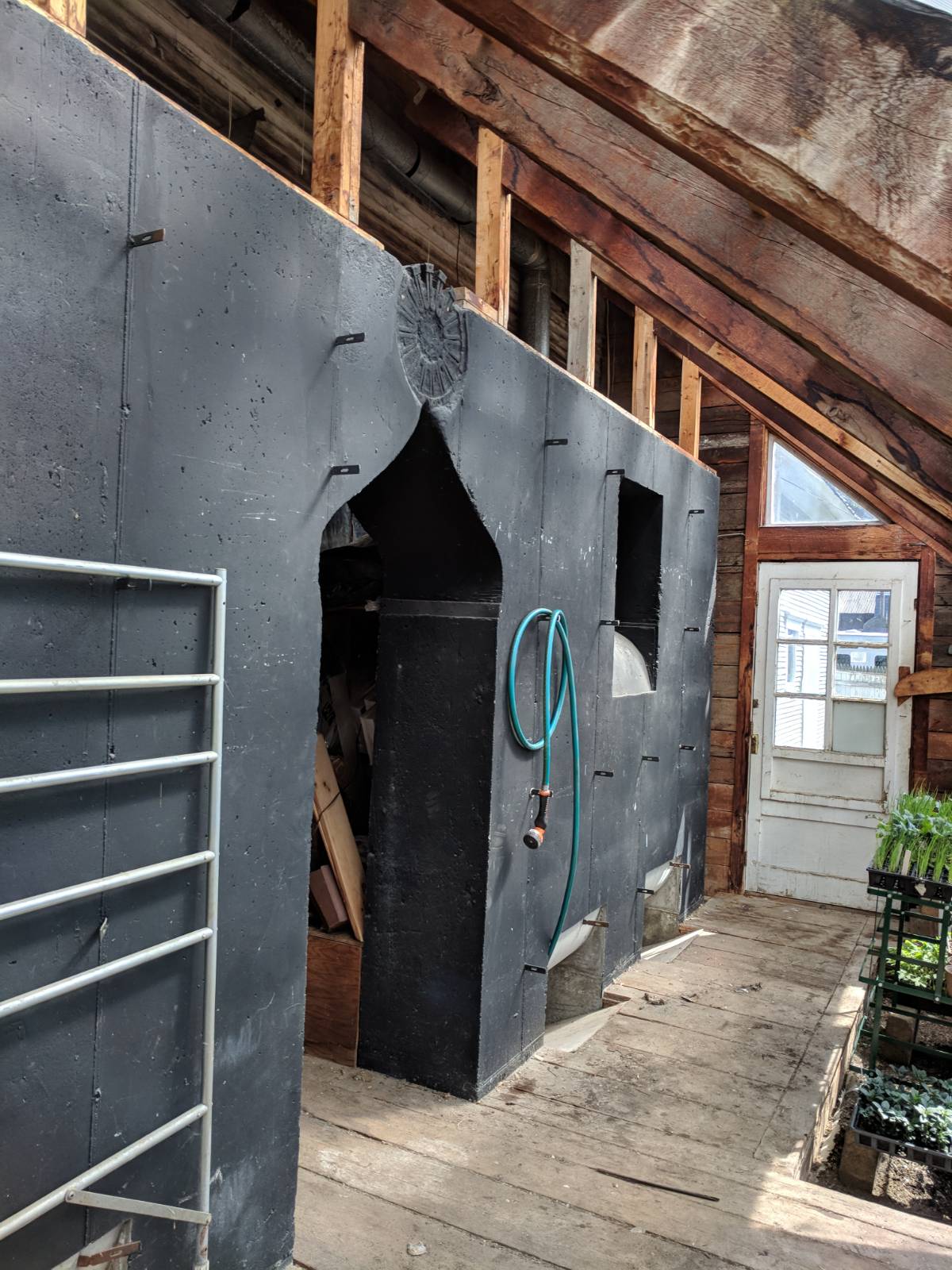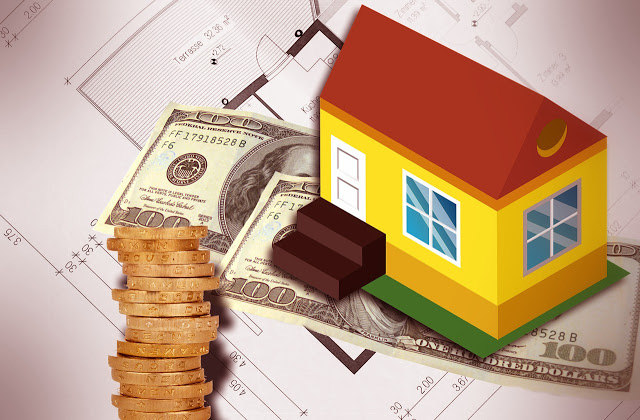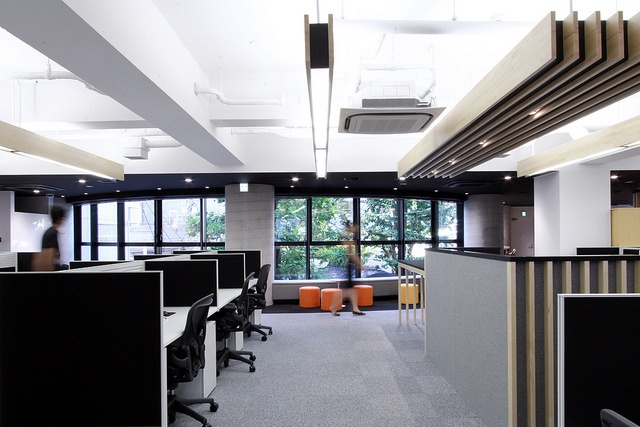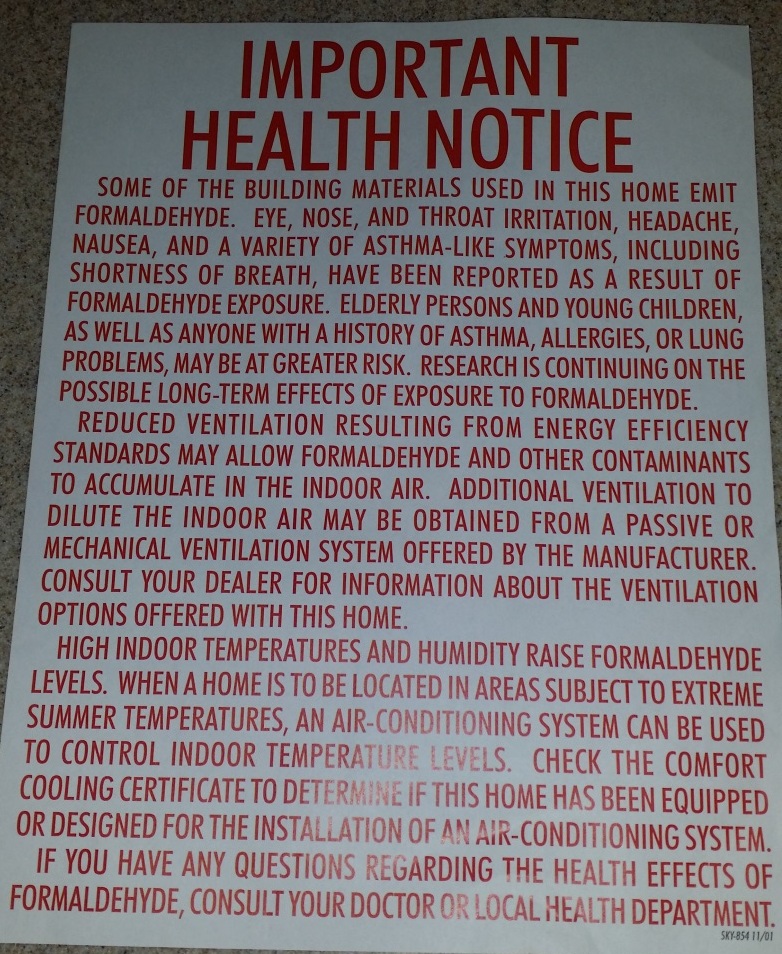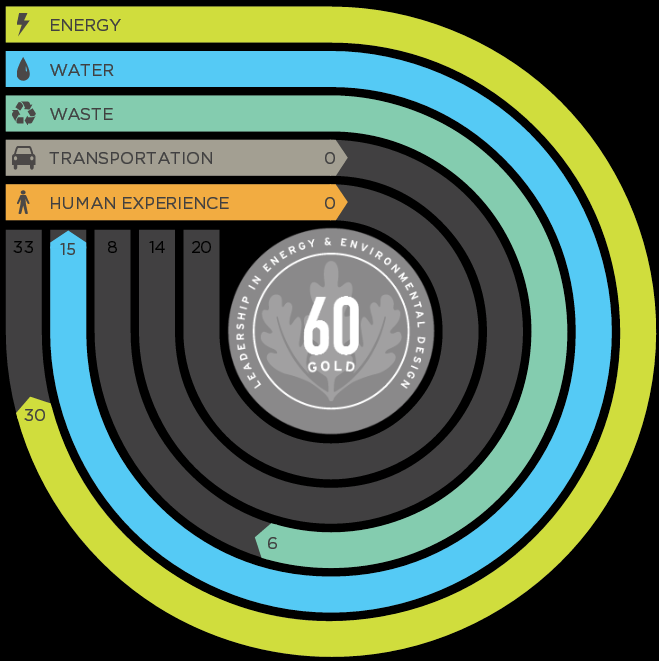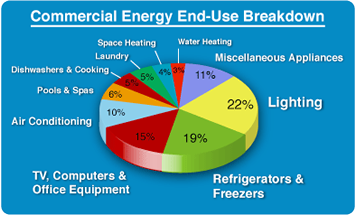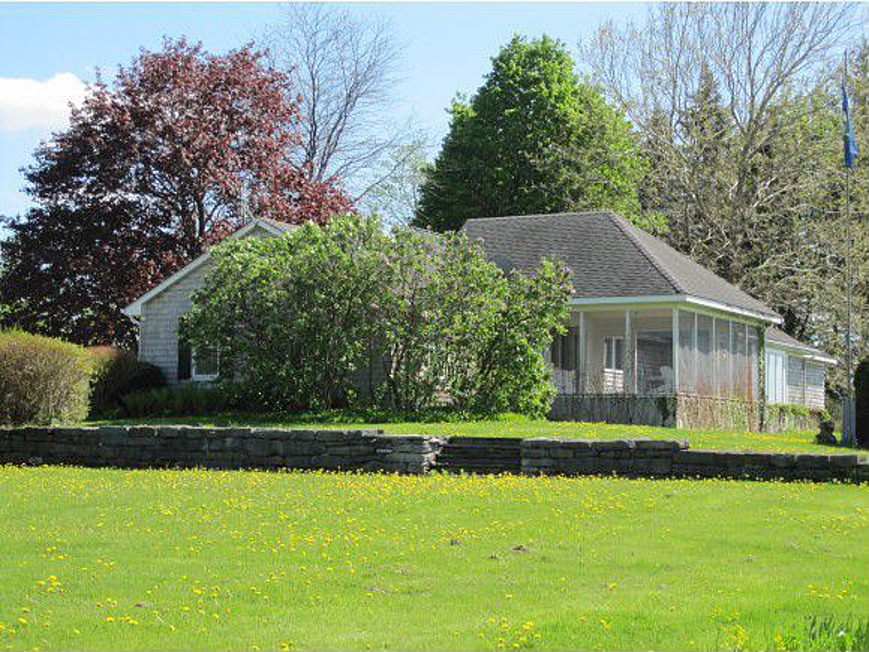With a new year and a new decade upon us, the popular trend is to create new resolutions and goals. Being an active member of the Burlington (Vermont) 2030 District Engineering Team has me thinking about the District’s and the City of Burlington’s goals and progress for energy, water, and transportation emission reductions. This post outlines what the Burlington 2030 District goals are, how these compare to the City of Burlington goals, and the services our team provides to property owners to help reach these goals.
4 min read
Welcome 2020 - Now Let’s Meet those 2030 Goals!
By Katie Mason on Jan 6, 2020 10:00:00 AM
Topics: Sustainability Green Building Building Performance & Technology transition to renewable energy Building Data
3 min read
A New Metric for 21st Century Buildings: The Carbon Emissions Intensity (CEI)
By Jennifer Chiodo on Sep 25, 2019 10:00:00 AM
As you know, Cx Associates’ work focuses on making buildings perform better for occupants, operators, owners, and for the planet. A common metric we use to assess building performance is the energy use intensity (EUI) which Katie has discussed in her recent blog posts. While attending the recent IEPEC Conference in Denver, I had a discussion with someone familiar with Xcel Energy’s work to be a net zero carbon utility in the relatively near future. We realized that EUI is an insufficient metric for guiding energy program investments at their customer sites. Ultimately, to drive carbon emissions down to a sustainable level that will halt and begin to reverse the climate crisis we are currently in, we need to track energy intensity while also focusing on carbon emissions intensity (CEI) at a building level. Cities and states that have adopted carbon reduction goals will do well to focus on reducing the CEI of their building stock through energy efficiency, fuel switching, and renewable energy generation.
Topics: Sustainability Green Building Energy Efficiency Building Performance & Technology renewable Energy Management Existing Building portfolio benchmarking Program Consulting Energy Planning energy monitoring & solutions Energy Audit energy efficiency program M&V
10 min read
Quantifying Benefits of Passive Solar Heating Technology
By Gretchen Schimelpfenig on May 23, 2018 10:42:34 AM
For eons, humans have used thick, thermally massive walls to store the heat of the day and to warm their homes at night. Due to America’s persistent dependence on fossil fuels, passive solar walls enjoyed brief mainstream popularity during the fuel crises of the mid-20th century, and residences across the country benefited from reliable, renewable heat. As gas prices declined, so did homeowner and developer enthusiasm for these low-energy systems. As we face a massive climate change calamity and most residential heating systems today are still served by volatile fossil fuels, it is time we revisit and incorporate passive solar technologies into our new buildings and renovations.
Topics: Sustainability Green Building Energy Efficiency renewable solar energy passive solar
3 min read
Energy Burden is Just One Indicator of Inequality
By Jennifer Chiodo on Aug 17, 2016 10:00:00 AM
Many of the readers of the Building Energy Resilience blog may not know that when I started working in the field of energy efficiency, my focus was on multi-family housing serving people with low incomes. ACEEE recently published this study on the income burden for low-income households. The energy burden is the percent of income paid for energy. It turns out that low-income households have two times the energy burden of the median household – paying over 7% of annual income in energy costs.
Topics: Green Building Public Policy
3 min read
Why Over Lighting is a Problem Worth Fixing
By Jennifer Chiodo on Feb 10, 2016 10:00:00 AM
I remember someone telling me once that the compact fluorescent (CFL) twisty bulb was “sexy.” They were convinced the product would have market appeal. I have yet to meet someone who actually likes the light that comes from CFL bulbs. Now, LEDs are another thing entirely. They do have market appeal and we can see that manufacturers are working hard to develop products that capture consumer interest at prices that make us buy.
Topics: Green Building Energy Efficiency
2 min read
Toxic Living Environments – Why Are They Legal?
By Jennifer Chiodo on Oct 14, 2015 6:00:00 AM
Last night I got to spend time with two of my closest friends. We were showing off the well-insulated basement of our new home, and my friend relayed the story of his contrasting clients. For one client he is upgrading the basement and planned to use closed cell spray foam as the insulation material. The client became concerned about off-gassing just before the application and put the project on hold. A different client (an elderly couple) is selling their home and moving into a new trailer. Tom went to install the baseboard trim for them as a favor. When he arrived on site he found the new trailer to be virtually uninhabitable for him and his crew without the windows open. On the kitchen counter he found this label:
Topics: Green Building Public Policy
4 min read
Using the LEED Dynamic Plaque for Building Performance Monitoring
By Katie Mason on May 6, 2015 6:00:00 AM
For both new building commissioning and existing building retrocommissioning projects, I always stress the importance of verifying that the claimed savings are realized through building performance monitoring (trending) using utility bills, sub-meter data, smart meters, or directly through a building management system (BMS). I also encourage you as a building owner to use a benchmarking tool, such as Energy Star Portfolio Manager, to monitor the overall energy usage of the building over time. While studying for my LEED Green Associate (GA) exam, I came across a new performance monitoring system released last year by USGBC called the LEED Dynamic Plaque. My aim in this blog post is to introduce the new USGBC platform and describe how it can help you to monitor your commercial building’s performance and work towards a more efficient and sustainable building.
Topics: Green Building Building Performance & Technology
3 min read
Planning for an ASHRAE Level 2 Energy Audit
By Katie Mason on Jul 16, 2014 6:00:00 AM
In a recent blog post, “The Benefits of an ASHRAE Level 1 Energy Audit,” I discussed the process of performing an ASHRAE Level 1 energy audit, which is the first step in the LEED accreditation process for Existing Buildings (LEED EB). The Level 1 report is used to determine whether there is enough energy saving opportunities to proceed with LEED EB accreditation. In order to receive an energy credit in the official LEED EB application, however, an ASHRAE Level 2 energy audit is required. The Level 2 audit uses energy surveying and an engineering analysis to provide an even more detailed breakdown of how a building is performing; going deeper into the analysis of the Level 1 measures and identifying additional measures to improve the efficiency and functionality of the building. The Level 2 report details the opportunities to such a degree that actual decisions on implementation can be made and the LEED EB credit can be realized.
Topics: Green Building Energy Efficiency
3 min read
It Isn't Easy Building Green
By Jennifer Chiodo on Jun 11, 2014 6:00:00 AM
I’ve been blogging on and off about the challenges I’ve been facing as I seek to build a high performance home. At this point we are looking at cutting back on energy performance, or giving up all together and buying a run-of-the-mill performance house.
Topics: Green Building Energy Efficiency
2 min read
Cash Flow Benefit of Financing Energy Efficiency Investments
By Brent Weigel on Mar 26, 2014 6:00:00 AM
It is well known that energy efficiency investments provide opportunities to reduce energy costs and opportunities to leverage incentive dollars. As we have discussed recently in this blog, the relative attractiveness of energy efficiency investments may be evaluated in terms of first cost, simple payback, and life cycle cost. But for a given investment alternative, is it advantageous to finance?



